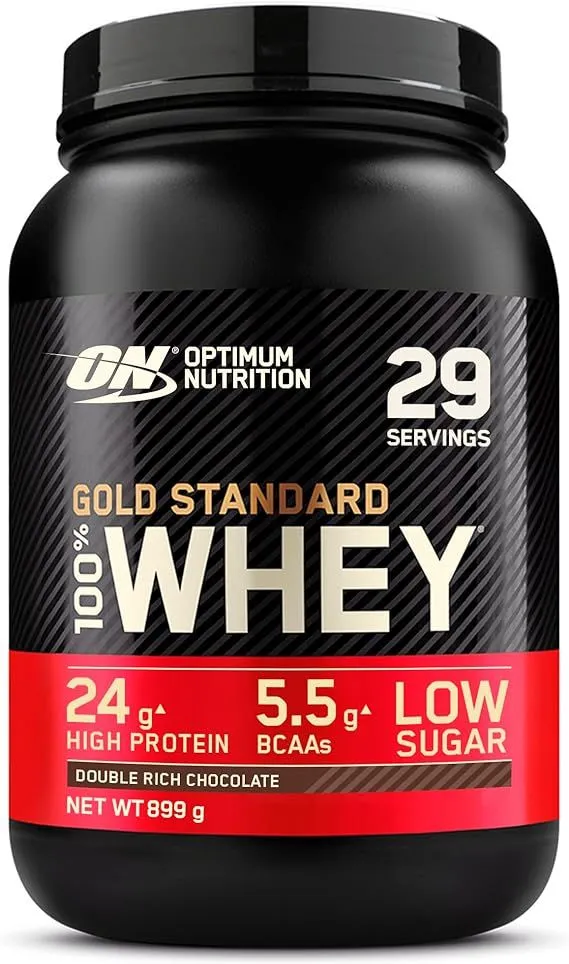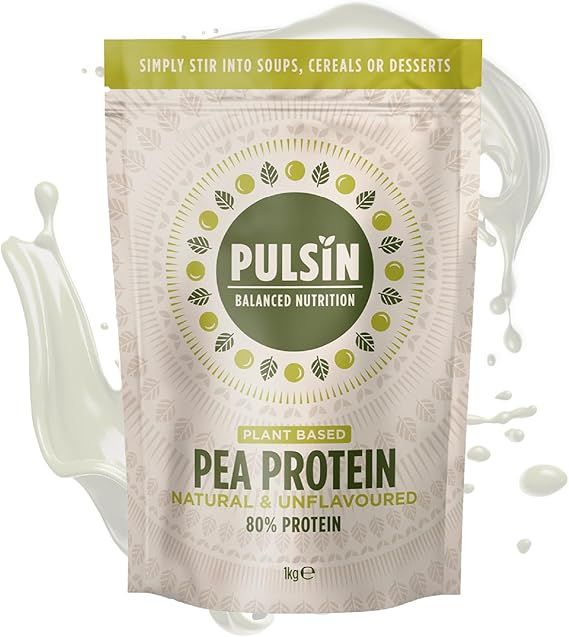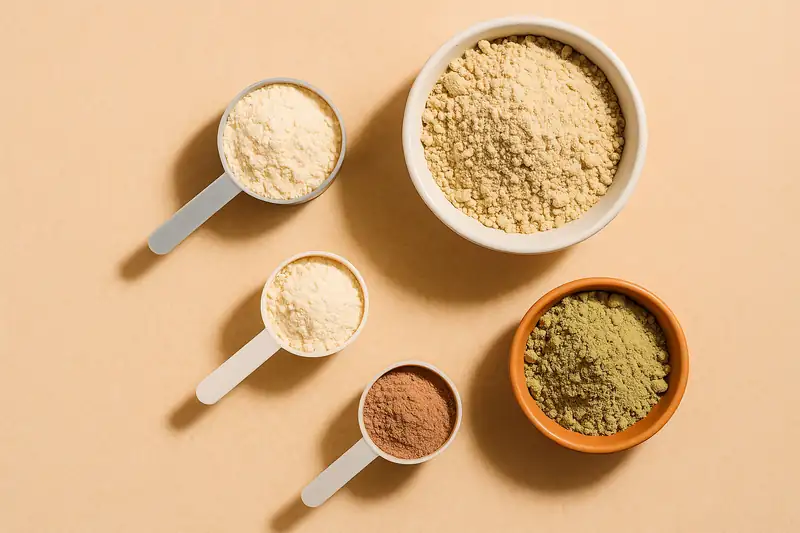Why powders became part of everyday eating
Protein powders used to sit behind gym counters next to weight belts. Today they are found in high street supermarkets and in the average kitchen cupboard. The reason is straightforward. They make it easier to meet daily protein targets when time is short or when appetite is low. A scoop into a shaker is not a replacement for food, yet it can be the difference between meeting a sensible goal and falling short.
The variety can be confusing at first. Labels talk about isolates and concentrates, hydrolysed formulas and plant blends. Each exists for a reason and suits different preferences. Once you understand the broad types, choosing becomes simpler and you can avoid paying for features you do not need.
Whey for speed and convenience
Whey comes from milk. It is widely used because it dissolves well, provides all essential amino acids, and is digested relatively quickly. Many people choose whey after training because it fits that return‑home window before the next meal. Whey concentrate typically provides around 70 to 80 per cent protein with some carbohydrate and fat left in. Whey isolate is more filtered at roughly 90 per cent protein and is lower in lactose, which some people prefer for comfort. Neither is inherently superior for everyone. Cost, tolerance and taste often decide it.
Casein when you want staying power
Casein is also milk derived, yet it digests more slowly. That slower pace is why it is popular in the evening, especially for people who like a later snack that feels more substantial. Casein mixes to a thicker texture and doubles as a base for simple desserts. Whether you choose it comes down to routine and preference rather than a rule.
Plant‑based powders for flexibility
Plant powders have moved well beyond the niche. Pea protein is fairly neutral in taste and digestible for many. Rice protein is light and often chosen by people who prefer to avoid allergens. Soy isolate is naturally complete and widely used. Hemp powders bring fibre and naturally occurring fats. Blends exist to combine strengths and balance amino acid profiles. If you prefer plant‑based eating, there is now enough choice to find a flavour and texture that suits you.
Egg white protein as a straightforward alternative
Egg white protein is complete and lactose free. It is not as common on shelves as whey or plant blends, yet it remains an effective choice for anyone who wants a dairy‑free powder without going down the plant route. It tends to mix thinly and works well in cooking.
Choosing what fits your life
Start with what matters most to you. If you avoid dairy, choose plant or egg powders. If you want the lightest lactose content, look at whey isolate or non‑dairy options. If you prefer something that keeps you satisfied for longer, casein tends to do that. Whatever you pick, check the label for approx. 20 to 30 g of protein per serving, a short ingredient list, and minimal added sugars. Many well‑known brands use third‑party testing schemes, which some readers value.
Mistakes to avoid
- It is easy to treat powders as meal replacements and then wonder why energy dips later. They are supplements. They work best when they sit alongside solid meals.
- Doubling or tripling scoops because a day felt busy rarely changes outcomes. It is total daily intake over weeks and months that matters.
- Another pitfall is ignoring the nutrition panel on flavoured products. Some are very sweet and contain more extras than you might expect.
Beyond the blender
A tub of powder can do far more than make shakes. Stir a scoop into porridge once it comes off the heat. Blend it into smoothies with fruit and oats for a quick breakfast. Mix it into thick yoghurt to make a snack that actually satisfies. If you enjoy baking, add it to pancake batter or to muffin mixes. Unflavoured powders can be stirred into soups without changing the character of the dish.
FAQs
Do I need powder to build muscle? No. Food can supply everything you need. Powder exists for convenience when you cannot build a full meal.
Is isolate always better than concentrate? Isolate provides more protein per scoop and is lower in lactose. Concentrate costs less and works well for most people. Your digestion, taste and budget will decide it.
Can I cook with protein powder? Yes. Heating may change texture but not the nutritional value of the protein itself. Adjust liquid in recipes to get the result you want.
The final scoop
Powders are practical tools that help people stay consistent. They do not take the place of food and they are not necessary for everyone. When you pick a type that suits your preferences and use it to support meals rather than to dodge them, you create a routine that is both sustainable and effective. If you want ideas on which products people commonly choose, our round‑ups and reviews are a good place to start.
Featured Protein Powders

Gold Standard Whey

Pea Protein Powder
Premium plant-based protein for vegans and vegetarians.
Ready to Upgrade Your Protein?
Check out our curated protein roundups and comparison guides to find the perfect powder for your goals.
Explore Top 10 Powders Take the Quiz
